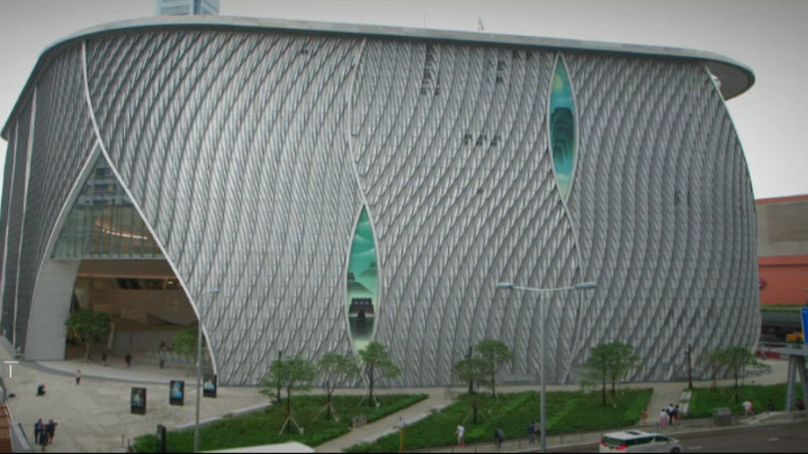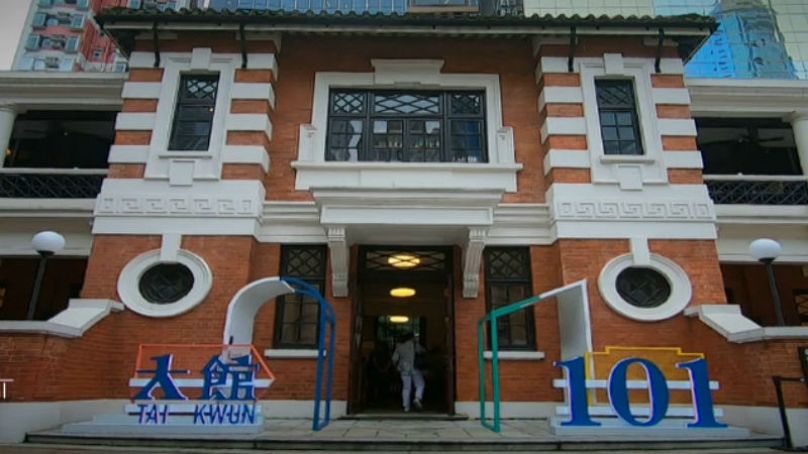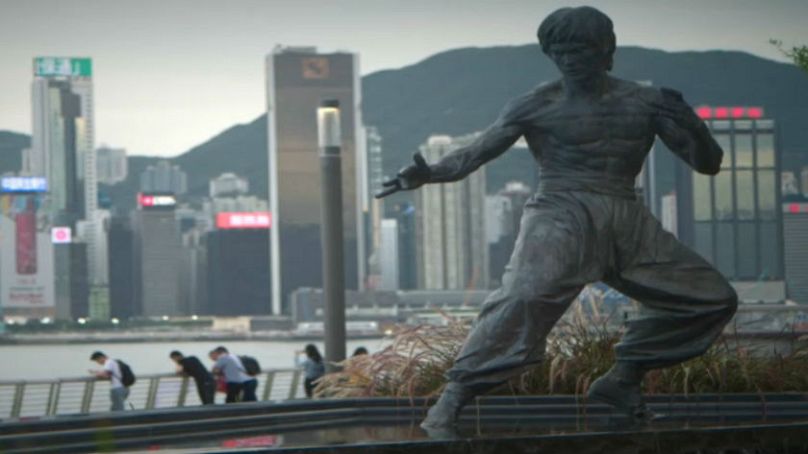Hong Kong is becoming a main attraction for the art world, leveraging its potential as a cultural powerhouse with a new purpose-built arts district.
Hong Kong, already a crossroads of the world, is becoming a main attraction for the arts, leveraging its potential as a cultural powerhouse with a new purpose-built arts district.
The West Kowloon Cultural District lives and breathes the arts, from Cantonese opera to contemporary performances and exhibitions.
Its centrepiece is a new opera house, the Xiqu Centre. It is is one of the first completed buildings in the new district, which is next to the new high-speed train station.
The venue has a lyrical architecture that Naomi Chung, Head of Xiqu, Performing Arts, likens to tai chi.
The programming at Xiqu focuses on traditional Cantonese opera, and Chung is also preparing productions for a younger audience.
Nearby is M+. Still under construction, it will be Hong Kong's largest modern art museum.
Suhanya Raffel, Museum Director of M+, has worked in Australia, and at the Tate in London, but she says this is one of the most ambitious and exciting cultural infrastructure projects in the world today.
“While waiting for the big museum to be ready, we have a small site on West Kowloon District, which we think of as our laboratory space,” she said.
Historic Central Hong Kong also has a strong cultural vibe.
Under colonial rule, Tai Kwun used to be Hong Kong’s main police station, court and prison. It’s now a heritage site, and an art space, currently hosting an exhibition by Japanese pop artist Takashi Murakami.
The cultural regeneration of Tai Kwun is backed by the Hong Kong Jockey Club.
Leong Cheung, Executive Director of Charities and Community, said it had more than 3.5 million visitors in its first year.
“People overwhelmingly loved the site, and we've been able to contribute, adding to the overall cultural scene in Hong Kong,” he said.
The Hong Kong Museum of Art is also expanding. It now has 40 per cent more exhibition space, and plans to fill it with more traditional Chinese as well as modern art.
Museum Director Eve Tam said the museum’s history mirrors that of the city.
“In the past we were the first art museum that allowed eastern and western artists to be showcased in one single platform,” she said.
Tam acknowledged that the museum’s location helps. It’s right next to the Avenue of Stars, which features the handprints and statues of Chinese cinema greats, such as Bruce Lee and Jackie Chan.
The Galerie du Monde has been a fixture of Hong Kong's art scene since the 1970s, when it opened with works by artists such as David Hockney.
Founder Fred Scholle says the arrival of the world’s premier art fair, Art Basel, in recent years has really elevated Hong Kong to the global art market.
“It's bringing in curators, museum people, academics, collectors from all over the world. It really put Hong Kong on the map.”















